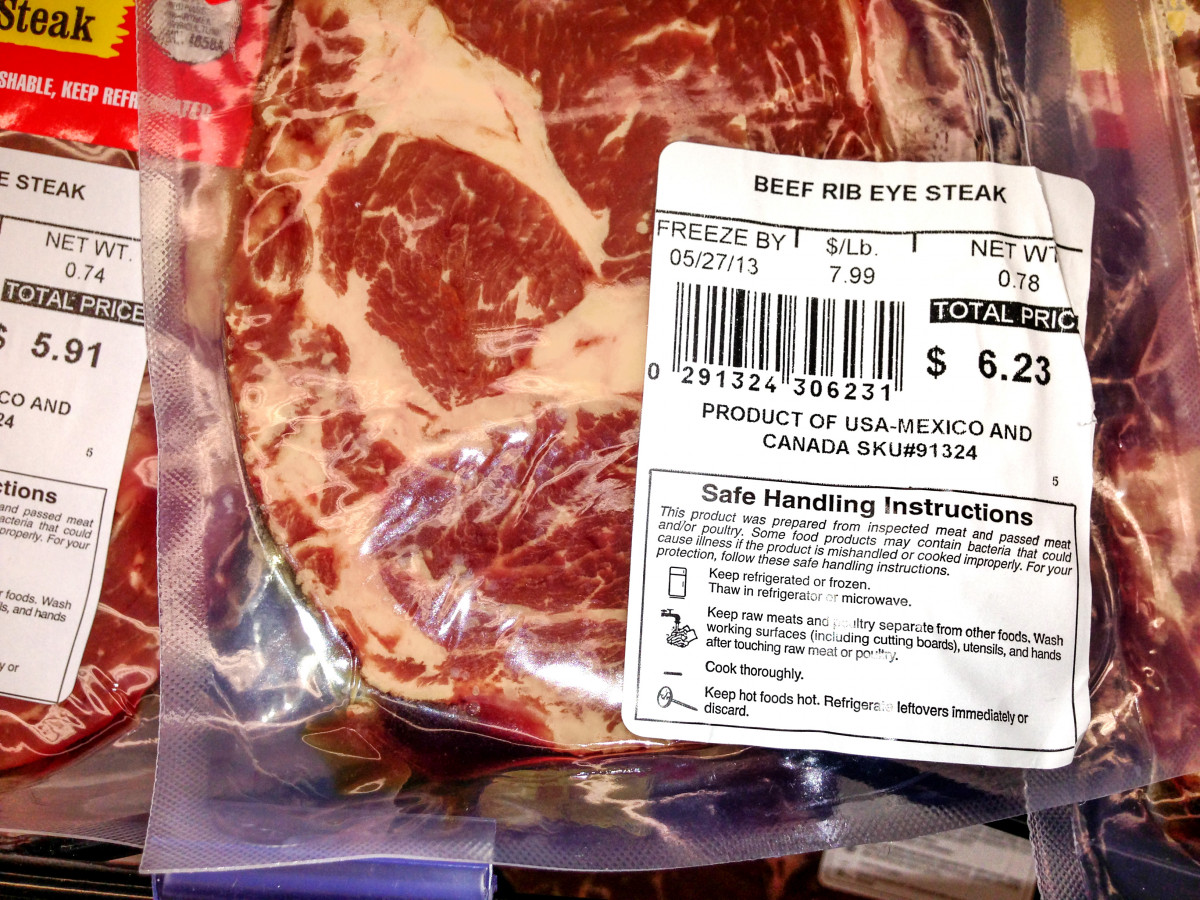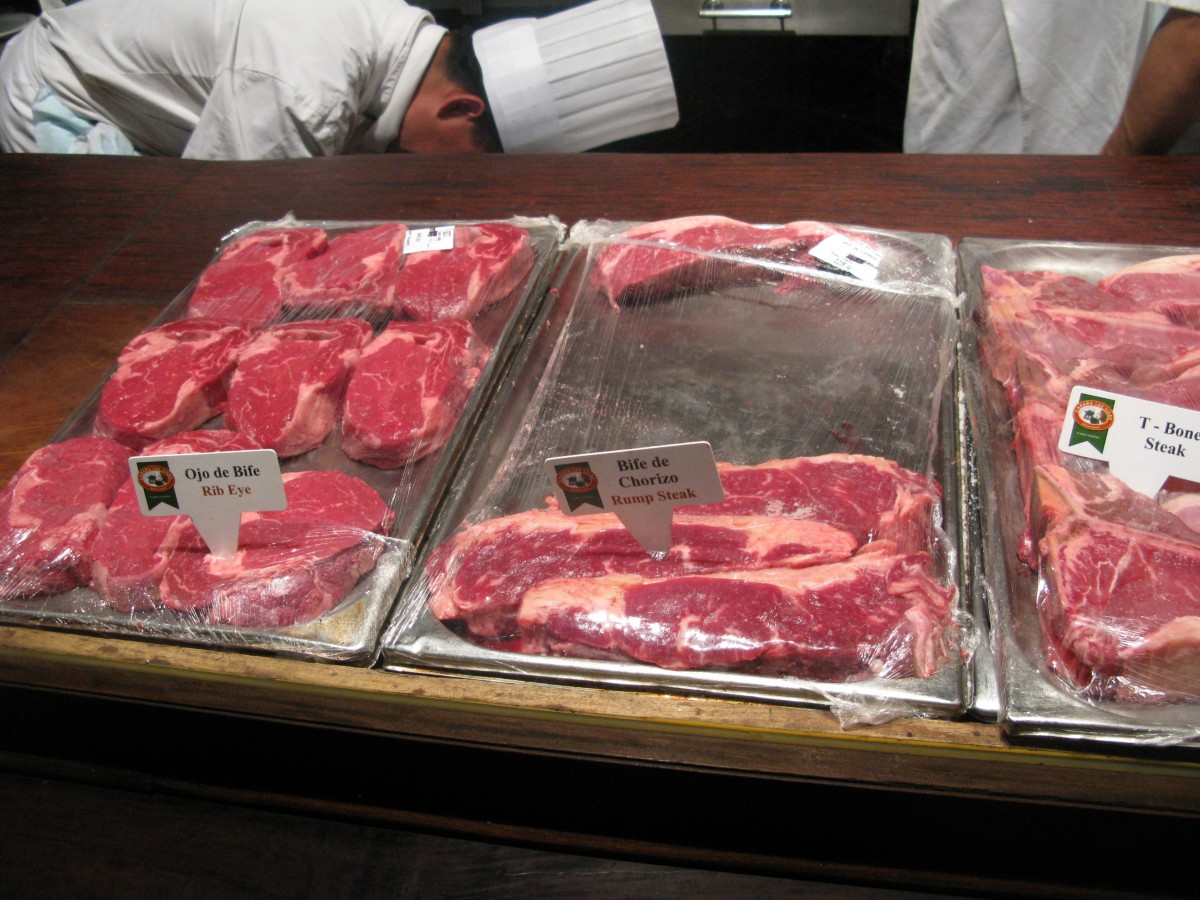
Mad cow, traces of horse in beef, chicken contaminated with dioxin… So many scandals that make us more and more attentive and vigilant about the labeling of our meat.
On average, we spend two to three times more in the self-service butcher’s department than in other departments! Indeed, it is sometimes difficult for the consumer to decipher the contents mentioned on the trays.
Fortunately, a recently simplified regulation has been implemented to help us make better choices without making mistakes. This post focuses on what you need to know to decipher the labels in 6 points.
1. The indication of the origin of the meat is mandatory.
All fresh or frozen meat producers must indicate the origin of the meat they sell. This regulation, previously reserved for beef, now applies to pork, mutton, and poultry. The label must therefore include the indication of the following:
– place of rearing;
– place of slaughter.
Good to know: the place of birth of the animal is not mandatory. According to the authorities, this process would be too costly. In the case of beef, however, this information must be included.
2. No obligation for the breeding conditions
If the new labeling of meat specifies the origin of the animal, it does not indicate its living conditions. Battery or open air: this is not compulsory.
The organic label guarantees the traceability of the breeding circumstances. The animals must be fed with 95% organically grown food and treated naturally.
3. Mention of the origin of processed products
The labeling, as mentioned above, only applies to packaged meat, fresh or frozen. This regulation does not affect prepared dishes and processed meat products, such as sausages, minced meat, bacon, ravioli, and lasagne.
4. Simplified names for cuts
Bye bye whiting, pear, twin, spider, or aiguillettes! These names of cuts have disappeared, considered to be of little significance to the consumer. They are now replaced by generic terms such as steak, escalope, leg, or roast.
This simplification, which aims to help the buyer to find his way better, makes our artisan butchers very angry, who deplore:
– a loss of the gastronomic tradition;
– a lack of knowledge of their know-how;
– the progressive disappearance of the diversity of meats by this grouping of common names.
5. A star level of tenderness

Just like in a restaurant! A star rating indicates to the future consumer the tenderness and softness of the meat.
– Three stars: very tender meat (fillet, rump steak, entrecote…)
– Two stars: moderately tender meat (skirt steak, shoulder, whiting…)
– One star: not very tender meat (breast…)
Good to know: a long cooking time often allows certain “one-star” pieces to become tender and melting. This is the principle of many recipes like pot-au-feu or blanquette.
6. An expiration date that varies from 3 days to 3 weeks
The meat use-by date depends on how it is packaged, which sometimes explains the big differences.
– Pre-packed meat is packaged in a “classic” stretch plastic film. It has an expiration date of 3 to 4 days maximum.
– Under-atmosphere meat is wrapped in a plastic film that is not permeable to air, and the manufacturer adds oxygen to the packaging. The shelf life varies between 5 and 10 days.
– Vacuum-packed meat is wrapped in an opaque, airtight, vacuum-packed package. Its shelf life can be up to 3 weeks.
It is good to know that whatever the packaging, it is crucial not to break the cold chain. Transport your meat, preferably in an isothermal bag, then put it in the refrigerator as soon as possible.
